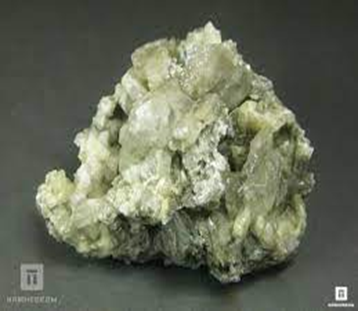 Kalush is an ancient, industrial town with a picturesque nature located near the mountains. Kalush has long been famous for its salt production, bells, and beer. The streets are carefully preserving their history and layering memories of the city over time.
Kalush is an ancient, industrial town with a picturesque nature located near the mountains. Kalush has long been famous for its salt production, bells, and beer. The streets are carefully preserving their history and layering memories of the city over time.
The first written mention of Kalush is dated 27.05.1437 (twelve-volume set of Galician town books).
 KALUSH CRAFTS AND INDUSTRY
KALUSH CRAFTS AND INDUSTRY
In order to fully comprehend the history of salt production, which developed for a long time within Kalush and its environs, it is necessary to consider this case in the context of the general history of the development of our region. It is thanks to the salt resources in the bowels of this area that the city of Kalush, an important industrial, administrative, and cultural center of Prykarpattia, was founded.
In the fifteenth century Kalush became a large settlement with significant salt industries. In 1771, Kalush salt miners had 12 wells. There were 33 artisans working here (including 5 coopers). Artisans, specialists in various branches of industrial production (salt, nitrate, potash, etc.). Near the saltworks there was a smithy where iron was smelted and the vessels for the saltworks were produced. Later, the Austrian government introduced a state monopoly on salt and banned the use of the earth’s subsoil.
At the end of the eighteenth century, salt exports decreased and the process of shutting down the saltworks began, although the saltworks actually existed until 1848. In May 1804, while deepening a mine near Kalush, workers found “bitter” salts, cainite and sylvinite. And in 1867, a joint-stock company was founded in the center of the Kalush district, which then owned 90 villages, to develop potash deposits. Two years later, a factory was built in the city to process potash ores. This was the birth of the potash industry in Kalush, which reached its peak in the 50s and 60s.

This was the beginning of the development of halurgy in the Carpathian region. In 1959, a branch of the All-Union Research Institute of Halurgy was founded in Kalush. The main directions of scientific research: studying the structure, geological and hydrogeological conditions of polymetallic ore in the Carpathian deposits; development of optimal parameters for potash ore extraction using open-pit and underground mining systems; Improvement of existing and development of new technologies for enrichment and processing of Prykarpattya polymineral ores to produce potash fertilizers, table, technical and sea salt, carnallite; development of technology for processing natural bischofite solutions to produce magnesium metal and magnesium products; environmental protection.

Environmental protection; corrosion protection of equipment. The most important achievements include the industrial development of multi-tonnage production of concentrated potash fertilizers; development and implementation of potassium-magnesium fertilizer granulation technology; improvement of fluidized bed dryers, ore solvents, vacuum evaporation and crystallization equipment; liquidation and conservation of spent potash mines.
Since 21.07.1993, the branch has been registered as SE Research Institute of Metallurgy.
Since August 2019, it has been a branch of the Kharkiv State Research and Design Institute of Basic Chemistry “NIOCHIM”.
POTASSIUM SALTS AND CALUSITE
For a long period of time, the main practical importance was given to deposits of rock salt, the main rock-forming element of which is the mineral halite. However, today the saline formations of the Carpathian region are known worldwide primarily due to the presence of potassium salt deposits, or rather, rather rare polymineral potassium-magnesium sulfate deposits.
One of the most distinctive features of the saline formations found in the Ukrainian part of the Precarpathian region is the abundance of various salt minerals, many of which are sulfate. Potash deposits around the world are typically limited to three or four minerals (halite, sylvite, anhydrite, carnallite), while in the Carpathian region, deposits are limited to more than 20 minerals. In addition to the aforementioned halite, sylvite, anhydrite, and carnallite, polyhalite, gypsum, cainite, langbeinite, shenite (picromerite), kieserite, glacierite, leonite, leuzeite, tenardite, mirabilite, epsomite, astrachanite, wanghoffite, and syngenite were also found here. Interestingly, the last of these minerals has a different name, kalushite, because it was discovered in 1872 by mineralogist J. Rumphan in Kalush.


Syngenite (kalushite) and its structure.



